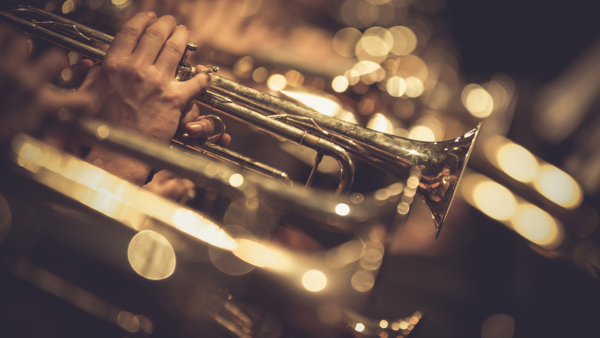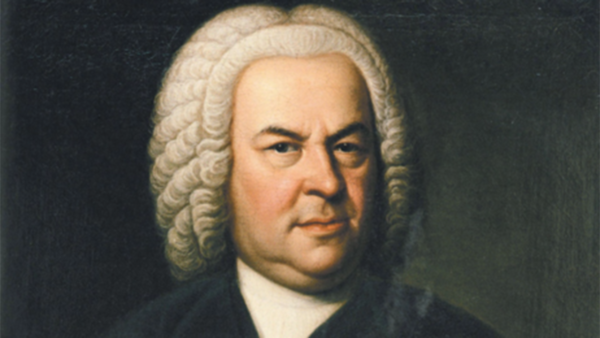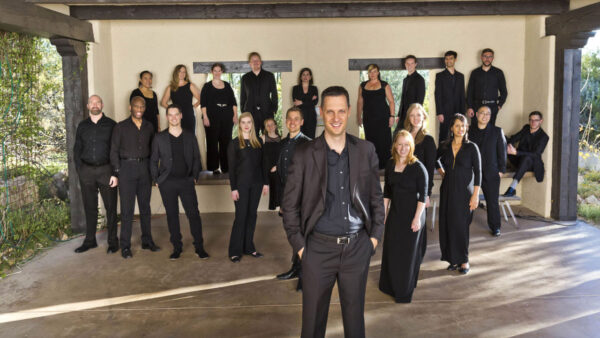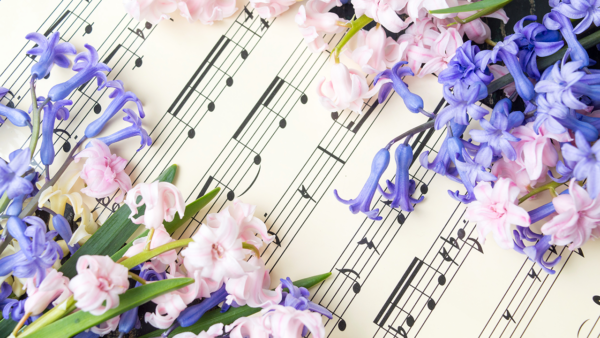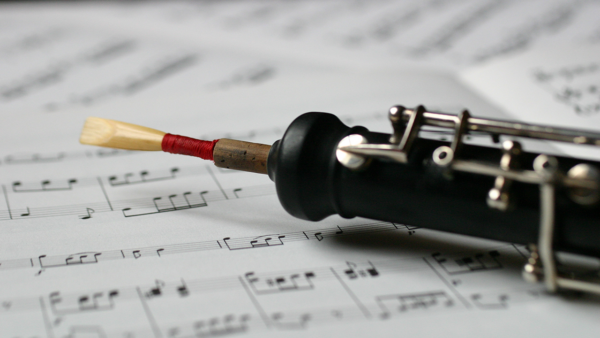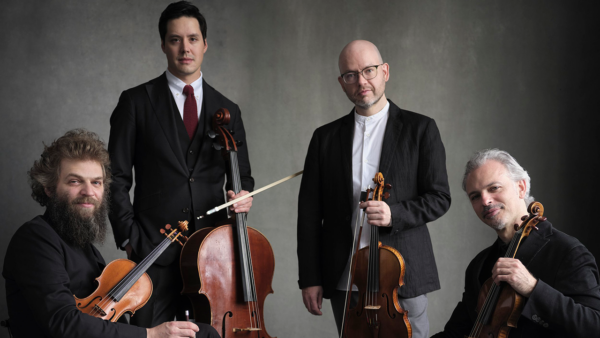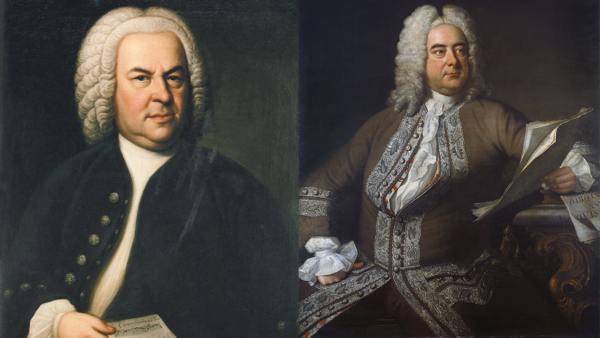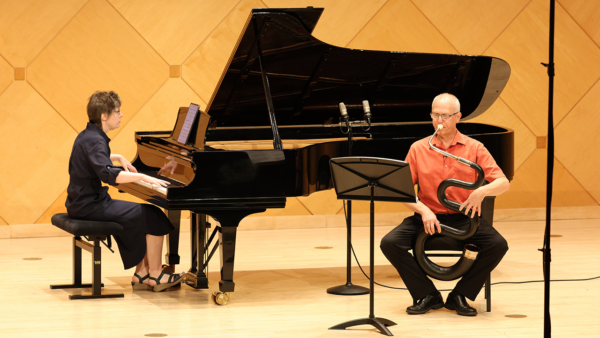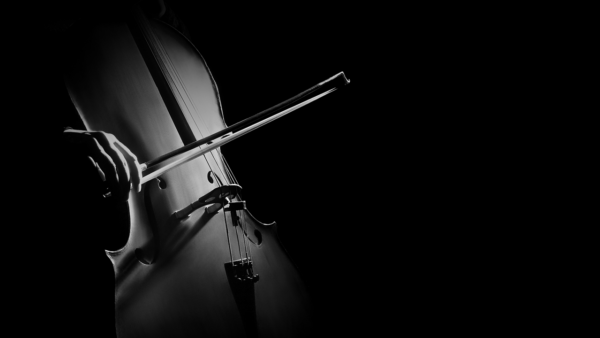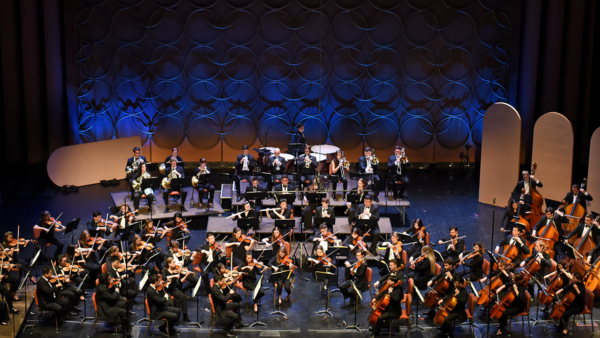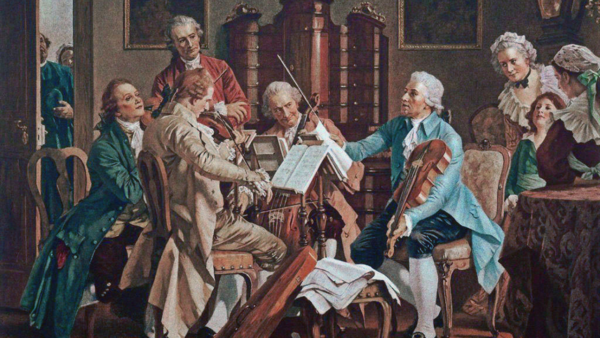Winds
March 26, 2024
On this episode of Arizona Encore, we’ll hear performances from the International Tuba Euphonium Conference and the College Band Directors National Association Conference that were sponsored by Arizona State University.
Our ears are familiar with the sound of a symphony orchestra, but bands bring us a very different sonic experience. We find many of the same instruments crossing over between orchestras and bands—flutes, clarinets, oboes, bassoons, trumpets, horns, trombones, and tubas—but bands don’t have string instruments, and the unique sound of bands includes instruments that symphony orchestras don’t usually have, like the saxophone and euphonium. Without string instruments, the role of fiendishly difficult technical passages that are played by violins in the orchestra is shared by every instrument of the band. The result is a sonic spectacular.
We’ll also hear performances by two instruments that are closely related to the tuba. One is a cousin and the other its earliest ancestor.
In the late sixteenth century, there was a need for an instrument to help keep monks in tune when they sang chant in church services in France. The result was the serpent, an eight-foot long tube of wood covered with leather with six finger holes that is played with a mouthpiece similar to one for the trombone. The serpent has a woody, breathy sound, but it was uniquely suited to support voices, and it wasn’t long before composers discovered it also blended well with other wind instruments when they included the serpent in chamber music groups, bands, and orchestras. While the serpent eventually disappeared in the evolutionary arc that brought us the tuba in the first third of the nineteenth century, it was revived in the twentieth century, and the host of our program, Douglas Yeo, performs a new work for serpent and piano that explores the unique timbres of this most unique instrument.
We will also hear several compositions for the euphonium, an instrument invented around 1843—a decade after the tuba—which has a beautiful, sweet sound, as well as the ability to play intricate, technical passages. To our modern ears that may not be familiar with the lyrical beauty of the euphonium and the unique sound of the serpent, Arizona Encore provides a unique opportunity to hear these remarkable instruments. For more information about the College Band Directors National Association, visit cbdna.org. For more information about the International Tuba Euphonium Association, visit iteaonline.org.
Featured in this episode:
I. Allegro
II. Rondo gracioso
Respighi, arr. Yoshihiro Kimora – Feste Romane (Roman Festivals) – Louisiana State University Band, conducted by Damon Talley
Husa – Smetana Fanfare – Texas Christian University Wind Symphony, conducted by Matthew Garrett
Lyons – la flor más linda – Foot in the Door Ensemble, conducted by Glen Adsit
Price, arr. Remus Webb – Night – Remus Webb and William Sutton, euphonium; Barbara Young, piano
Brenet – De bronze et le lumière – Douglas Yeo, serpent; Susan Wass, piano








